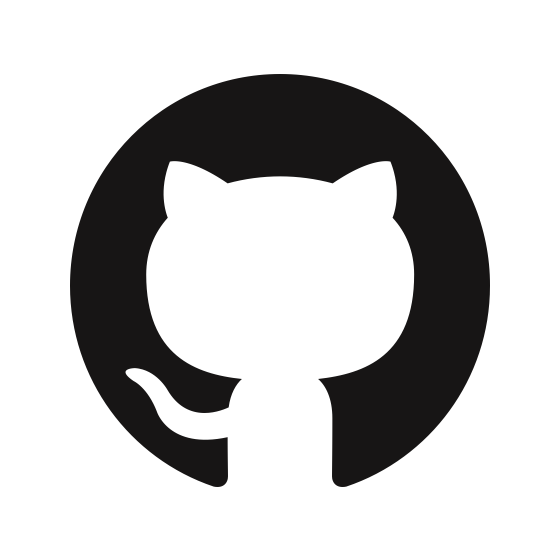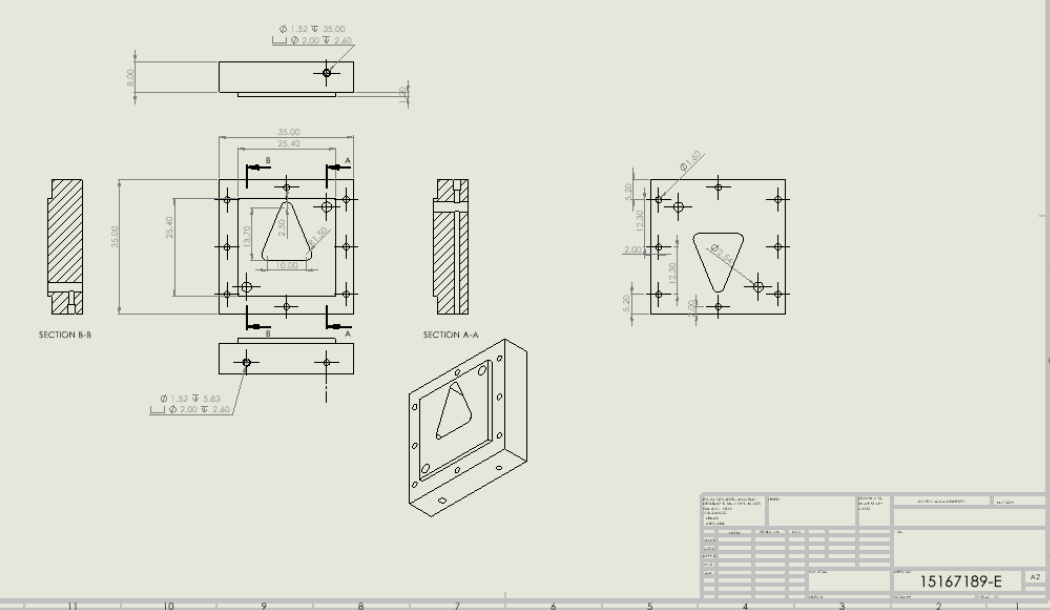Chris Connolly



I was primarily hired by JPL as a summer intern to assist in the redesign of a quadruple mass spectrometer power board as shown.
The previous version of the board was created in a hurry and, as a result, did not properly function due to the comibnation of high voltage (3kV) and improper routing and
component selection. My job was to use Altium Designer to create a new PCB.
As you can see, the updated board has a much different layout in addition to the completely different
components. The board was successfully assembled and tested and is currently being used at JPL in a testbed.


Additionally, a small add-on board was suggested which I quickly put together after completely the primary board. This board features a basic linear voltage regulator to supply 5v to a display, and at the bottom of the board, there is also a voltage divider to scale down the 3kV so that it can be easily measured.

I also aided the development of uFID technology. This device is a gas identification tool that operates by combusting the gas and measuring the current across electrodes through said combusting gas. By plotting

As a software engineer, I had the exciting opportunity to contribute to a JavaScript video game project, which was a large collaborative effort.
My role in this endeavor involved leveraging my skills in JavaScript, game development, and version control with Git to ensure the success of the project.
From the outset, I focused on understanding the game's requirements and the vision of the team. One of my first contributions was to develop several core features of the game, including the physics / movement.
Collaboration was key in this project, and Git played a crucial role in managing our codebase. With class of 20 - 30 students,
it was essential to maintain a streamlined workflow that allowed everyone to contribute effectively without stepping on each other's toes.
I helped to establish a branching strategy that facilitated feature development, bug fixes, and testing, ensuring that the master branch always remained stable.
I regularly committed my code, wrote clear commit messages, and conducted code reviews to maintain high-quality standards.
Throughout the project, I also contributed to the development of a continuous integration/continuous deployment (CI/CD) pipeline.
This automated the process of testing our code and deploying it to our staging environment, allowing us to quickly identify and fix any issues.
By integrating automated testing into our Git workflow, we ensured that every commit was tested, maintaining the stability and reliability of the game.
My experience on this project was incredibly rewarding. I learned the importance of collaboration, communication, and effective version control in a somewhat large-scale software project.
This early exposure to git and the software development process was priceless.